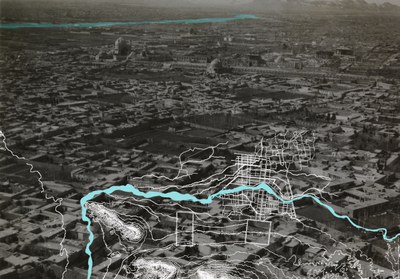
One of the most vital urban centers of early-modern Eurasia, seventeenth-century Isfahan has attracted the attention of generations of art and architectural historians, who have traditionally addressed the city’s urban history in term of its built environment, featuring its streets, gardens, buildings, and fountains as individual designed elements. In her book project, Sahar Hosseini examines seventeenth-century Isfahan as a landscape, wherein the Zayandehrud River functioned both as a natural agent and a socio-cultural system. Her work demonstrates the ways that as a multi-faceted entity and in its various manifestations—as a geographic feature, a natural resource, or a socio-cultural construct—the river interacted with the city in myriads of ways and across different scales. While the river and the network of hydraulic infrastructures associated with it facilitated the fabrication and sustenance of verdant suburbs of Isfahan, significance of the river far-surpassed the source of water. Rather Zayandehrud River and its associated infrastructures carved out new sites of royal display, public leisure, and social interaction among the cosmopolitan public of the city.
Sahar Hosseini is a Fall 2018 Mellon Fellow and a researcher and strategist at the Center for Migration and the Global City at Rutgers University–Newark.